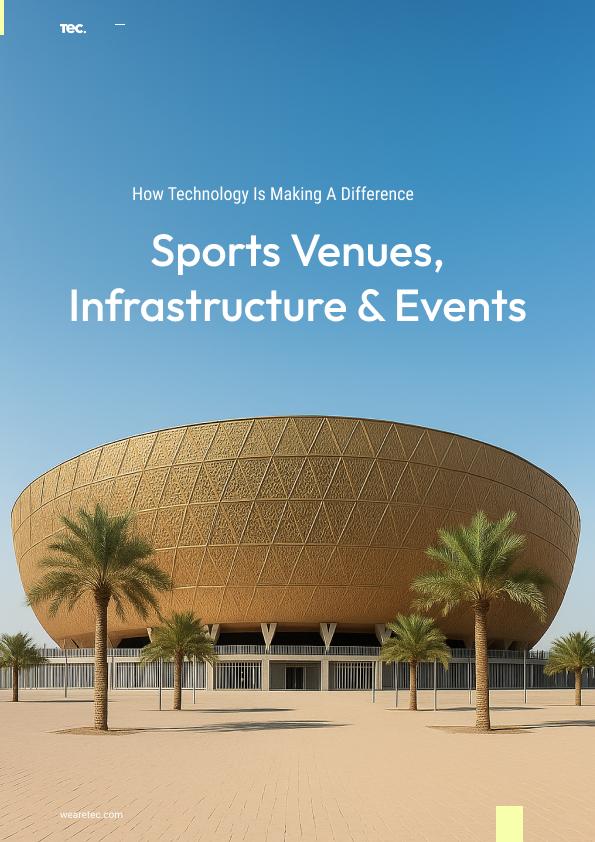
Managing players
We may like to think that athletes compete for the thrill of victory and a passion to entertain fans but ultimately, it’s their job to do so. Players have contractual agreements to play – whether salaried, performance related or involving other incentives or grants, players expect to get paid. Even Olympians – the last bastions of sport’s Corinthian ideals – receive funding and financial performance bonuses.
Players’ relationships with the teams and federations that expect them to perform need to be managed in terms of eligibility, availability, remuneration, cost and transfer value. They are both an asset and a cost, and digital platforms are used to better understand and monitor the financial impact of contractual obligations with players.
Working with a leading Premier League club, TEC developed a bespoke software solution for managing player contracts and modelling the financial impact of different scenarios. After time spent evaluating the clubs financial and operational processes, TEC built a live rules engine that evaluated over 30 contract types of contract clause against player match data and other financial data resources to enable the club to forecast the complete economic impact of a player’s transfer or contract renewal
Managing the match
Whilst fundamental to the outcome, players are only part of the sport event equation, just as helping to manage their participation is only part of technology’s impact on delivering a successful tournament or competition.
Creating a fair and balanced schedule of events is crucial and, with a myriad of factors to consider, technology has long been integral to achieving this. For example, the Premier League have relied on their “fixture computer” since the league’s creation over 30 years ago. We are now seeing AI being used to manage fixture draws, as UEFA did with for this seasons new European competition formats and built out complex leagues scheduling as is seen with NFL schedule which uses AWS AI technology to evaluate 26,000 factors and over a quadrillion permutations when creating the fixture schedule each season.
Managing the Media & VIPs
The next operational challenge is managing the involvement of the other stakeholder groups that make up a sporting event. The media are a vital component, and it is clearly in the organisers’ interests to facilitate coverage that ensures their events reach the widest possible audience.
To achieve this, rights holders are increasingly creating bespoke digital platforms that help attending media get access to the content they need. For example, TEC built a virtual media centre for The R&A, a fully responsive and reliable web platform that gave journalists remote access to all relevant content captured The Open Championship – over 10,000 images, videos and interview transcripts were downloaded its first year alone – along with important contextual information such as weather forecasts.
Attending dignitaries and VIPs are also an important consideration for organisers. From travel to ticketing, there are lots of different factors involved and lots of different sources of information to manage. Working with a leading sports federation, TEC built a VIP stakeholder solution that addressed this challenge for their flagship global tournament, by unifying multiple 3rd party sources of information via bespoke mobile and web platforms.
Getting technical
Improving stakeholder management
For the project, there were several important technical considerations. Should the app be cross-platform or native? What framework is best for the front end development and what approach is best for building the backend?
The decisions across these three areas are connected and depend on a variety of external factors. A cross-platform approach we chosen for the website, using the React-Native framework as it was faster to develop with and enabled tight project timelines to be met, whilst still supporting the complexity of UI required.
React framework was chosen for the website front end development over Angular, as provides it quicker & more lightweight solution.
It also meant that some of the code from the app development could be reused for the website.
Finally, with multiple 3rd party integrations needed that had to be able to scale independently, a microservices approach was chosen for the backend development so that separate APIs deployed independently for each service required.




